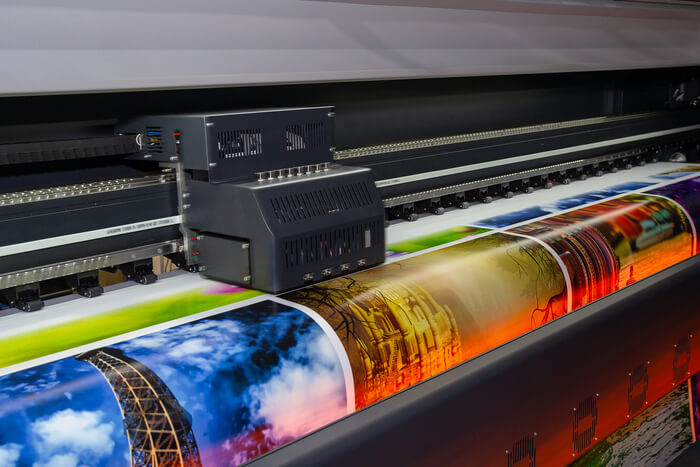
Digital printing has revolutionized the way we reproduce images and designs, providing unmatched precision and versatility. At the heart of this technology lies an intricate science dedicated to achieving precise color accuracy. Understanding the mechanisms behind color accuracy in digital printing unveils the complex interplay of science and artistry that ensures faithful reproduction of hues and tones. Let’s delve into the science behind color accuracy in digital printing.
Color Spaces and Models
In digital printing, color accuracy begins with understanding color spaces and models. The most common color models used are RGB (Red, Green, Blue) and CMYK (Cyan, Magenta, Yellow, Black). RGB is used for digital displays and monitors, while CMYK is the primary model for printed materials. These models define how colors are represented digitally and translated into physical prints.
Calibration and Profiling
Calibration and profiling are foundational to achieving color accuracy in digital printing. Printers, along with monitors and other color-critical devices, undergo calibration to ensure they adhere to standardized color profiles. This process fine-tunes the color output of a printer to match industry-standard color values, ensuring consistency across prints.
Color Management Systems (CMS)
Color management systems play a pivotal role in maintaining color accuracy. These systems utilize software and hardware to control color output, ensuring that what is seen on a digital screen closely matches the final printed result. CMS handles color conversions between various devices to preserve the intended color appearance across the workflow.
Color Gamut and Rendering Intent
Color gamut refers to the range of colors a device or system can reproduce. Digital printers have specific gamuts, and achieving accurate colors involves understanding and working within these limitations. Rendering intent, such as perceptual or relative colorimetric, determines how out-of-gamut colors are adjusted to fit within the printer’s capabilities while preserving color accuracy.
Spectrophotometers and Color Measurement
Precise color measurement is achieved through spectrophotometers, devices that quantify color by measuring light wavelengths reflected from or transmitted through a surface. Spectrophotometers provide numerical color data, enabling printers to adjust color settings and ensure accuracy by measuring and analyzing color characteristics.
Ink and Media Quality
The quality of ink and printing media also impacts color accuracy. High-quality inks designed specifically for the printer and media ensure consistent color reproduction. Factors such as ink composition, absorption rates, and media coatings influence how accurately colors are transferred onto the printing surface.

Color Correction and Proofing
Color correction involves fine-tuning colors to achieve the desired appearance. Proofing, or creating test prints, allows for adjustments and ensures that the final output closely matches the intended colors. Printers use proofing as a vital step to verify color accuracy before mass production.
Color Management in Workflow
Maintaining color accuracy involves an integrated workflow that accounts for color management at each stage. From image capture and editing to file preparation and printing, color accuracy considerations are woven into the entire process. Ensuring that everyone involved in the workflow adheres to standardized color profiles is critical for consistency.
Paper and Substrate Influence
The choice of paper or substrate significantly impacts color reproduction. Different papers absorb ink differently, affecting color saturation and vibrancy. Understanding how various substrates interact with ink helps printers select the most suitable materials for achieving accurate colors.
Continuous Improvement and Innovation
The pursuit of color accuracy in digital printing is a continuous journey. Industry advancements introduce new technologies, such as improved ink formulations, advanced profiling software, and better color measurement devices. These innovations drive the quest for higher color precision and consistency.
In conclusion, achieving color accuracy in digital printing is a meticulous process that involves a fusion of scientific principles and technological innovations. From understanding color models and calibration to employing sophisticated color management systems and leveraging quality materials, every step in the digital printing process contributes to accurate color reproduction. Ultimately, this scientific precision transforms digital designs into vivid, lifelike prints, allowing for a seamless translation of artistic visions into tangible, visually captivating outputs.
Experience the pinnacle of color accuracy and precision with DORAN PRINTING PTY LTD’s unrivaled digital printing services in Melbourne! Their cutting-edge technology, meticulous calibration, and dedication to excellence ensure your designs come to life with unparalleled vibrancy and accuracy. Elevate your print projects – connect with them today.
